This article was medically reviewed by Erik Kramer, DO, MPH. Dr. Erik Kramer is a Board-Certified Primary Care Physician at the University of Colorado. With over 15 years of experience, his clinical interests include obesity and weight management, diabetes care, and preventive care, as well as embracing a holistic approach to primary care. He received his Doctorate in Osteopathic Medicine (D.O.) from the Touro University Nevada College of Osteopathic Medicine and completed his residency at Central Maine Medical Center. Dr. Kramer is a Diplomate of the American Board of Obesity Medicine.
This article has been viewed 23,934 times.
Bursitis can be a really painful condition. It’s caused when the bursa, the small, fluid-filled sacs that cushion your joints, become inflamed. Fortunately, there are several ways to treat bursitis at home, such as resting and icing your elbow. If it doesn’t go away within a week or two, your doctor can usually treat it with medicine. Some cases do require minor surgery, so ask your doctor if that is right for you. You should also make sure to get a proper diagnosis before treating yourself. Hopefully, you’ll be able to quickly reduce your pain.
Steps
Making Lifestyle Changes and Using Home Remedies
-
1Rest your elbow as much as possible. Taking it easy is key to feeling better. Try to keep your elbow still as much as you are able. You can use your other arm to do certain tasks, like carrying a bag or walking your dog. If you must use your sore elbow, make it a point to rest afterward.[1]
- Try sitting on the couch or in a chair and resting your arm on a pillow or soft armrest.
- Avoid leaning on your elbows or putting persistent compression on them to help alleviate pain and prevent bursitis from occurring.
-
2Ice your elbow several times a day. Cool therapy can reduce inflammation, which in turn will reduce your pain. Ice your elbow for 10 minutes at a time every 2-3 hours throughout the day. Make sure to keep a thin cloth between the bag of ice and your skin for comfort.[2]
- You can also use a bag of frozen peas or buy a cold gel pack from the pharmacy.
Advertisement -
3Wear an elbow pad to cushion your joints. You can purchase a pad for your elbow at a pharmacy, box store, or online. Just follow the instructions on the package to place the pad on your elbow. This will help prevent pain if you accidentally bump the elbow. It will probably also serve as a reminder to limit the use of your elbow.[3]
- You can purchase an elbow wrap if you don't want the bulk of a pad. It will serve the same purpose.
-
4Avoid activities that stress your elbow joint. You can help yourself heal by limiting the amount of pressure you put on your elbow. Resist the urge to lean your elbows on your desk, table, or countertops. You should also avoid sleeping on your side, as that can also put unnecessary stress on your sore elbow.[4]
- If you work as a plumber or HVAC employee, you may be more vulnerable to elbow bursitis
-
5Take over-the-counter (OTC) pain relievers. Bursitis flare-ups usually go away after a couple of weeks, but waiting it out can be painful. You can use OTC pain relievers, like Tylenol or Advil, to ease the inflammation and discomfort. Make sure to follow the dosage directions on the packaging.[5]
- If you have any questions, ask your doctor about which type of medication to take.
- Visit your doctor if your pain worsens or does not go away in 1-2 weeks.
Seeking Medical Treatments
-
1Take antibiotics if you have an infection. If you've tried treating bursitis at home to no avail, make an appointment to see your doctor. After running some tests, they might determine that an infection caused the problem. They will typically prescribe a course of antibiotics. Once the infection clears up, your symptoms should go away.[6]
- Talk to your doctor about antibiotics immediately if there is any concern of infection since it could lead to a bone infection.
- Follow the doctor's instructions for taking your antibiotics. Make sure to finish all of the medication, even if you start to feel better before it's gone.
-
2Receive a steroid injection if you don’t have an infection. If they determine that there is no infection, your doctor may want to give you a steroid injection. This will reduce the inflammation in the joint and help you to heal. The actual injection might hurt a little bit, but it shouldn't last long.[7]
- Talk to your doctor if you have any concerns about this type of medication.
-
3Undergo surgery if your bursa doesn’t respond to treatment. If you're still experiencing symptoms after 3-6 weeks, your doctor might recommend surgery to remove the entire bursa. While this can sound scary, it's actually a relatively simple procedure. It's typically performed as outpatient surgery, so you won't even have to stay at the hospital overnight.[8]
- Removing the bursa does not disturb the muscle, ligament, or joint structures.
- New bursa will grow back and will probably not be inflamed.
- Do not try to drain, or aspirate, bursitis yourself since it could lead to infections.
-
4Follow all instructions for recovery if you have surgery. Since this is a minor procedure, you won't have to adjust your lifestyle that much. However, your doctor might ask you to wear a splint just to help keep your arm immobile. You should continue to try to avoid putting any pressure on the joint.[9]
- Your skin will heal within 12-16 days and you should have full use of your elbow within 3-4 weeks.
Getting a Diagnosis
-
1Be aware of causes and risk factors. Repetitive motions that put pressure on the joints are the most common factors that cause bursitis. If you regularly do things like throw a baseball or lift heavy items, know that you are at risk for developing bursitis.[10]
- Trauma, such as an injury, can also lead to bursitis. Medical conditions like rheumatoid arthritis also increase the likelihood of developing bursitis.
- Sometimes bursitis is simply caused by aging.
-
2Notice common symptoms of bursitis. If you notice that your elbow is sore and red and swollen, you might have bursitis. You can typically treat this at home but should see a doctor if it doesn't go away in 1-2 weeks. Other reasons to see your doctor include:[11]
- A fever
- Sudden inability to move the joint
- A sharp, stabbing pain in your joint
-
3Allow your doctor to complete common tests, if necessary. Many times, your doctor can diagnose bursitis based on your medical history and a physical exam. If they can't be sure of the cause of inflammation, they might run some tests. Imaging tests, like X-ray, MRI, or Ultrasound can help them confirm the diagnosis.[12]
- In some cases, your doctor might run lab tests. In this case, they will either draw blood or remove some fluid from the bursa to analyze.
- After your doctor confirms that it is bursitis, you can work with them to treat the condition.
References
- ↑ https://www.nhs.uk/conditions/bursitis/
- ↑ https://www.nhs.uk/conditions/bursitis/
- ↑ https://orthoinfo.aaos.org/en/diseases--conditions/elbow-olecranon-bursitis/
- ↑ https://orthoinfo.aaos.org/en/diseases--conditions/elbow-olecranon-bursitis/
- ↑ https://my.clevelandclinic.org/health/diseases/10918-bursitis#management-and-treatment
- ↑ https://my.clevelandclinic.org/health/diseases/10918-bursitis#management-and-treatment
- ↑ https://www.nhs.uk/conditions/bursitis/
- ↑ https://orthoinfo.aaos.org/en/diseases--conditions/elbow-olecranon-bursitis/
- ↑ https://orthoinfo.aaos.org/en/diseases--conditions/elbow-olecranon-bursitis/
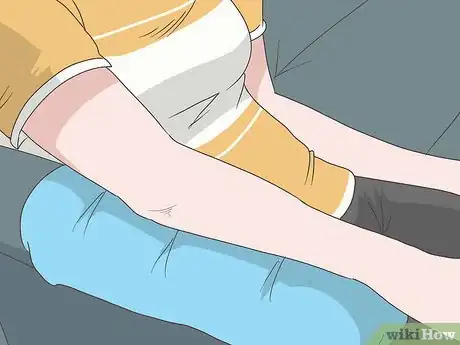
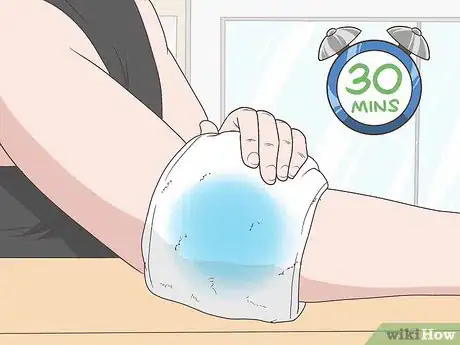
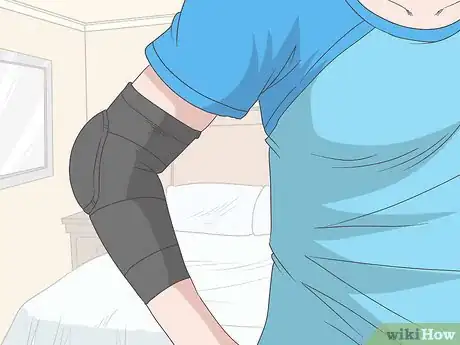
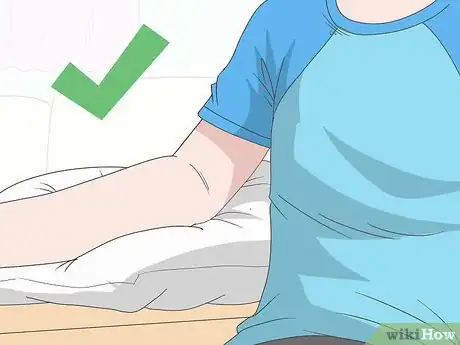
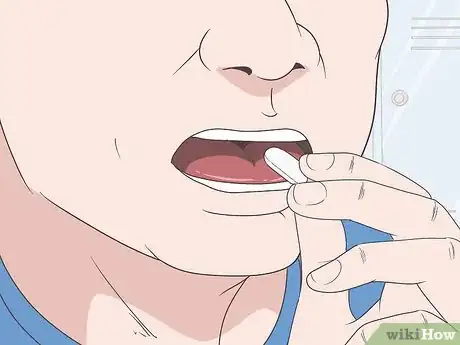
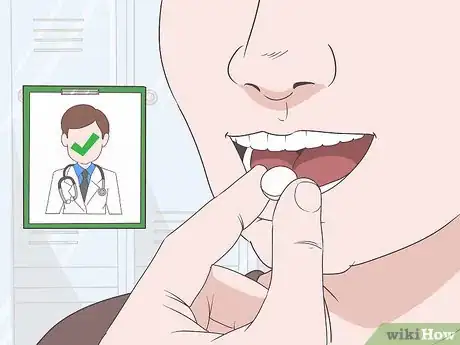
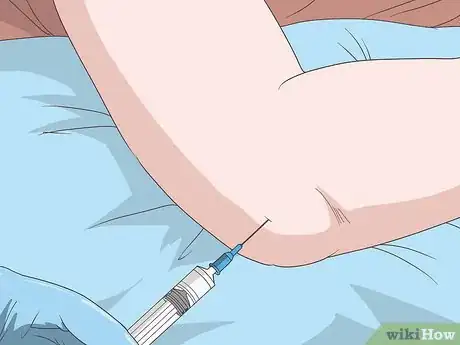
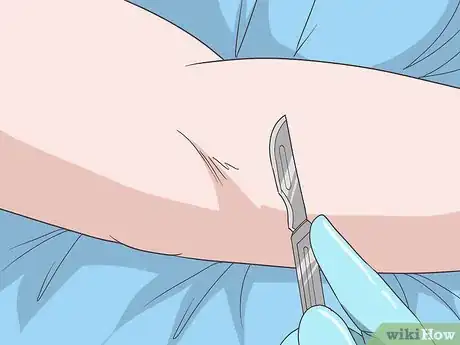
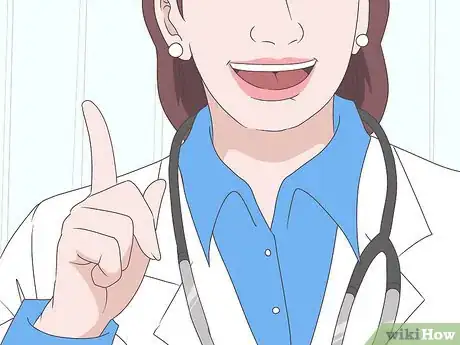
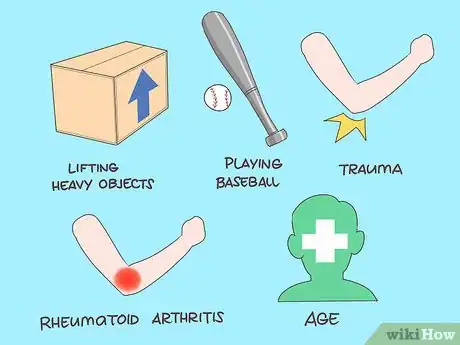
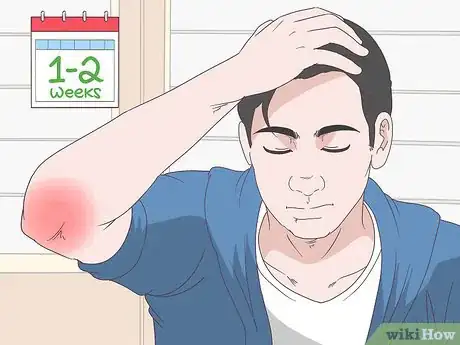
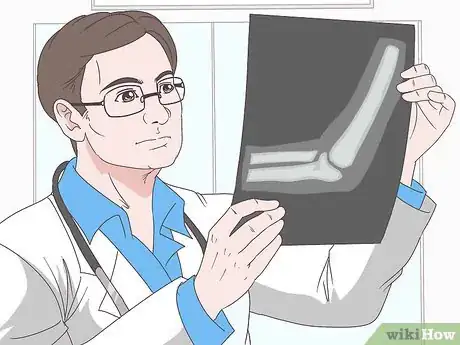


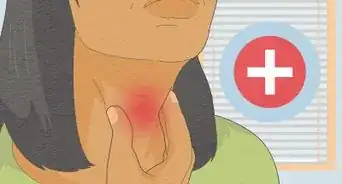
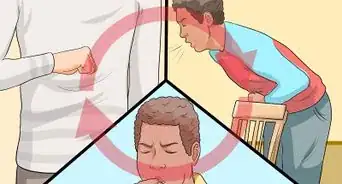
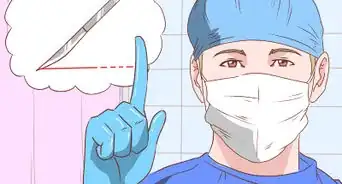
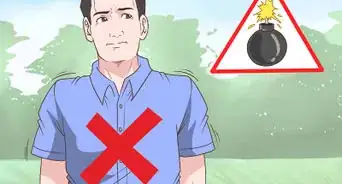
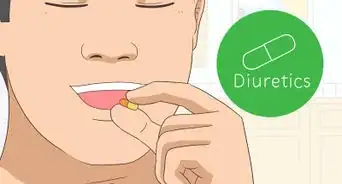


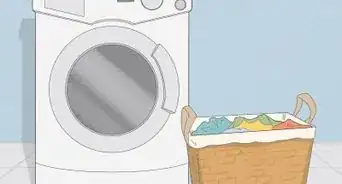

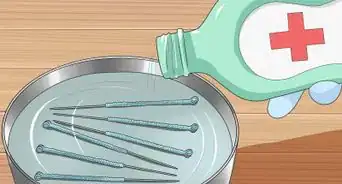









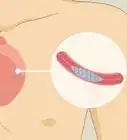




































Medical Disclaimer
The content of this article is not intended to be a substitute for professional medical advice, examination, diagnosis, or treatment. You should always contact your doctor or other qualified healthcare professional before starting, changing, or stopping any kind of health treatment.
Read More...